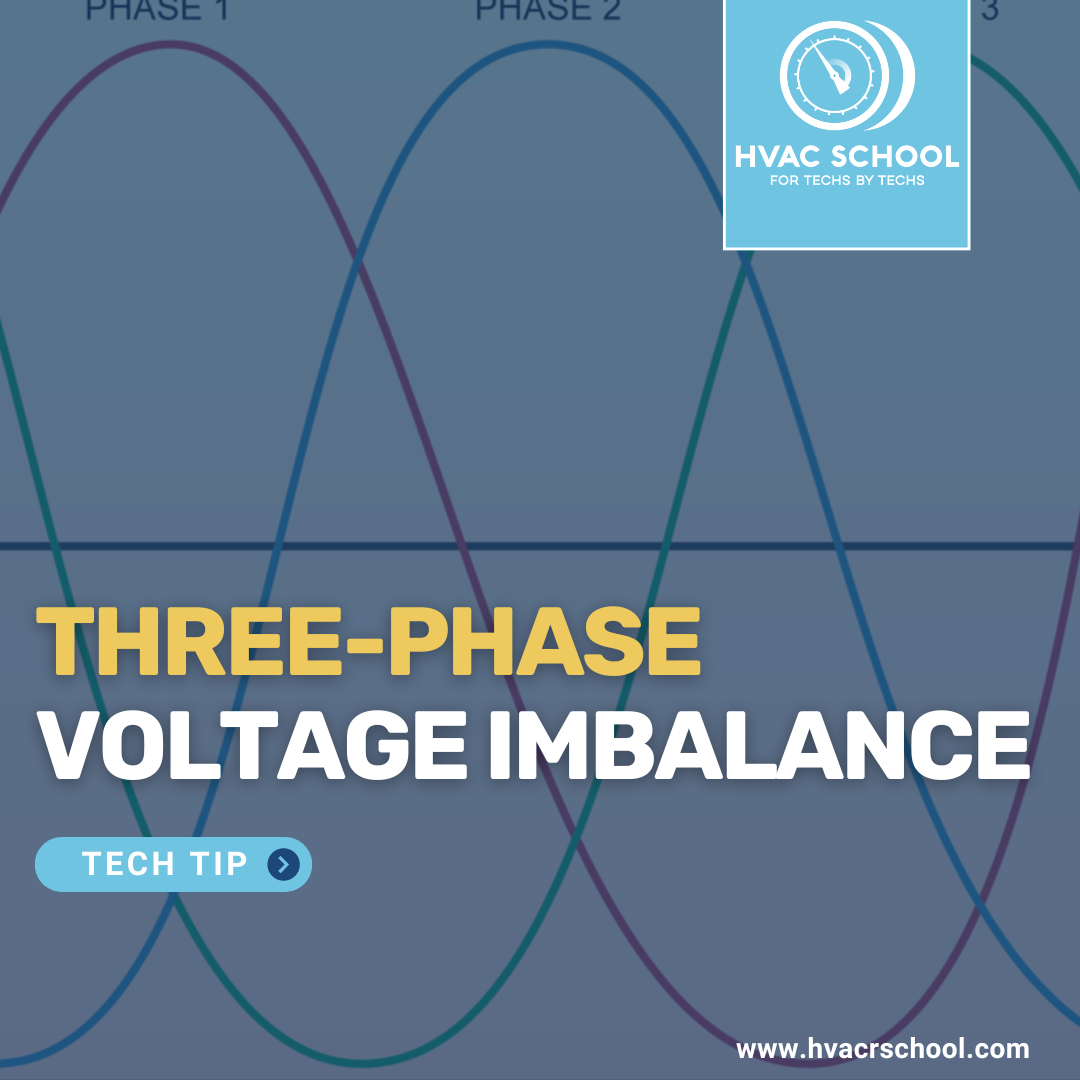Get Tech Tips
Subscribe to free tech tips.
Defrost Termination & Fail-Safe

As an A/C tech, I can sometimes get the terms “defrost termination” and “defrost fail-safe” mixed up because they sound pretty similar. Before we cover these terms, let's set the basic defrost groundwork for refrigeration (coolers and freezers).
Defrost is accomplished in one of a few ways; these first two only apply to “coolers” where the box, air, and product temperatures are above freezing, but the coil temperature drops below freezing:
Off Cycle Defrost – In medium-temperature applications where the box air temperature is above freezing, there is often no set defrost. Instead, the coil defrosts when the system naturally cycles off. This method relies on appropriate oversizing and can lead to issues when the heat or moisture load is high, especially when the doors are opened a lot for loading and unloading.
Timed Defrost – In medium-temperature applications, you can use a defrost timer to simply pump down or cycle off the compressor at particular times while keeping the evaporator fan running to force a defrost a few times per day.
Next, we have the methods used for defrosting low-temperature applications. These applications are below freezing and generally 0°F to -10°F, depending on what is being stored.
Electric Heat Defrost – On a set schedule (time), the compressor is pumped down or cycled, the evaporator fan is (generally) shut off, and the electric heaters are turned on inside the evaporator coil.
Hot Gas Defrost – On a set schedule, the evaporator fan is shut off, and hot discharge gas is pumped through the evaporator coil.
In both of these situations, the goal is to get the ice off the coils as quickly as possible but to stop the defrost cycle as soon as the coil is ice-free, yet no sooner. We don't want to terminate or stop the defrost too early and leave ice on the coil, but we also don't want to keep adding heat to the coil for no reason.

Defrost Termination
This is where defrost termination and fail-safe comes in. The evaporator coil cannot go above 32°F so long as there is still ice in that area. Therefore, it stands to reason that if heaters are running on the coil, and the coil is still at 32°F or lower, then there is still ice. A defrost termination thermostat is mounted onto the coil to detect when the coil is free of ice and will often be set to “terminate” or stop the defrost heat when the coil reaches around 55°F-60°F to ensure that the entire coil is ice-free.
So, the defrost starts on a scheduled time of 2-6 times per 24 hours and terminates once the coil defrost termination thermostat ends the defrost.
It is also common for defrost cycles to have a “drip” time once defrost ends to allow water to drip off the coil after defrost and then a fan delay once the refrigeration begins again. That fan delay prevents the fan from blowing water off of the coil into the box. This is often set to 30° or lower before the fan can come back on.
Fail-Safe Time
There needs to be a time limit to how long a defrost can go before it goes back into refrigeration to prevent catastrophic product loss in the case of defrost termination failure. This is part of the defrost clock and is often called the fail-safe or fail-safe time.
The fail-safe time can be a wide range of times, depending on the application and frequency of defrost, but 20 to 40 minutes is a common range. If your fail-safe time is 30 minutes, this means that once a defrost cycle begins, the LONGEST it will remain in defrost is 30 minutes, regardless of the defrost termination thermostat.
Demand Defrost
This strategy uses time and temperature for defrost, and it is still the most common found in the trade. However, demand defrost is a more advanced strategy that only initiates defrost when sensors predict that defrost is required. This is often done via trend analysis between sensors that “learn” when ice is present and when it is fully defrosted. It will require some manufacturer-specific understanding of the particular controls scheme.
Regardless of the strategy, the goal is the same:
- Defrost when needed to keep heavy ice buildup off the coil.
- Stop the defrost cycle as soon as the ice is gone.
- Don't blow water off the coil into the box/case by starting the fans too soon.
- Use strategies that don't cause catastrophic product loss if a sensor fails.
From a technician's standpoint, it's important that you fully understand the defrost strategy being used and fully test the defrost cycle after making any changes.
—Bryan
P.S. – HERE is an article you can read if you want to learn more about time and temperature in defrost.










Comments
To leave a comment, you need to log in.
Log In